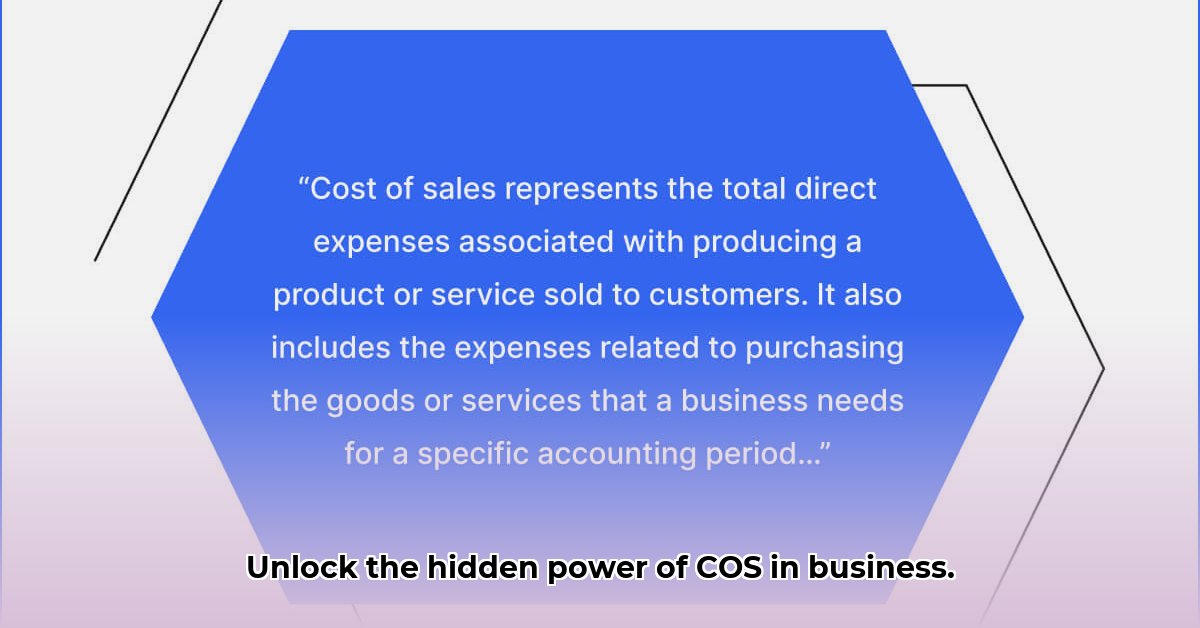
The Chief of Staff (COS) role is rapidly evolving, leaving many organizations unsure of its true value and effective implementation. This guide provides a practical framework for understanding and maximizing the COS position within your organization, regardless of size or industry. We will navigate the complexities of defining the role, building a high-performing team, and ensuring seamless integration with the leadership team.
Defining the COS Role: A Practical, Step-by-Step Guide
The precise definition of a Chief of Staff varies significantly. In smaller startups, the COS might handle diverse tasks, from scheduling to project management. Larger corporations might focus their COS on specific projects or key stakeholder relationships. This inherent flexibility necessitates a tailored approach to defining the role within your organization. How can you ensure clarity and avoid potential pitfalls?
Step 1: Collaborative Definition (Stakeholder Alignment): Begin with a collaborative brainstorming session involving your executive team. This crucial first step ensures everyone shares a common understanding of the COS's responsibilities, overarching goals, and key performance indicators (KPIs). This shared vision fosters team cohesion and avoids future misinterpretations.
Step 2: Comprehensive Job Description (Clarity and Transparency): Develop a detailed job description outlining all tasks, required skillsets (both hard and soft skills), and expected deliverables. This clarity is essential for both the COS and potential candidates, ensuring a shared understanding from the outset. Avoid ambiguity; be specific.
Step 3: Measurable Goals and KPIs (Accountability and Value Demonstration): Establish specific, achievable, relevant, and time-bound (SMART) goals and KPIs. This approach ensures accountability and allows for the demonstrable value the COS brings to be readily assessed. Regularly track progress against these metrics. How can your COS demonstrably improve operational efficiency?
Step 4: Continuous Professional Development (Investment in Long-Term Success): Invest in ongoing training and mentorship to cultivate your COS's skills and expertise. This proactive approach is not just about professional growth for the individual; it’s an investment in the long-term success of your entire organization. What training programs will yield the highest return on investment?
Step 5: Succession Planning (Minimizing Disruption): Develop a preemptive succession plan, outlining the transition process should your current COS move on. This foresight minimizes disruptions and ensures a smooth transfer of responsibilities. Who are the potential internal candidates who can fill this crucial role?
The Advantages and Challenges of a Chief of Staff
A well-defined and effectively implemented COS role offers significant advantages. A skilled COS can streamline operations, enhance communication, and free up the executive team to focus on strategic initiatives. They filter information, prioritize tasks, and ensure that strategic objectives are achieved efficiently. However, a poorly defined role can lead to duplicated effort, conflicting responsibilities, and wasted resources. Careful planning and transparent communication are paramount for success. What are the chief risks associated with improper implementation?
Risk Assessment and Mitigation
Successful utilization of a Chief of Staff necessitates careful consideration of potential risks. Let's analyze these risk factors and explore proactive mitigation strategies:
| Risk Factor | Likelihood | Impact | Mitigation Strategy |
|---|---|---|---|
| Unclear Role and Responsibilities | Very Likely | High | Crystal-clear job descriptions, regular communication, and clear KPIs. |
| Skill Gaps | Moderately Likely | Medium | Targeted training programs, mentorship, and recruitment of experienced professionals. |
| Insufficient Company Support | Moderately Likely | Medium | Foster a collaborative environment, promote transparency, and emphasize the COS's value. |
| Inability to Adapt to Change | Moderately Likely | High | Regular role review and updates align with evolving organizational needs. |
Creating a Standardized Chief of Staff Job Description
A robust job description is paramount to the successful implementation of a Chief of Staff. It should be flexible, adapting to the unique characteristics of your organization, its industry, and leadership style. The "process, people, and portfolio" framework provides a valuable foundation for outlining responsibilities. Regular review (at least semi-annually) ensures the job description remains current and effective, aligning continually with organizational goals.
Key Considerations for a Successful Job Description:
- Define the CoS's Core Purpose: Begin by defining the CoS's core function. Is it strategic planning, operational efficiency, or a combination of functions?
- Utilize the "Process, People, Portfolio" Framework: This structured approach provides a clear organizational structure for outlining responsibilities within distinct areas.
- Specific Responsibilities and Deliverables: Clearly list tasks, projects, and quantifiable outcomes. Avoid vague terms; focus on measurable results.
- Essential Skills and Experience: Detail both hard skills (technical proficiencies) and soft skills (interpersonal abilities).
- Desired Personality Traits: Emphasize those personality traits crucial for success in the role and alignment with your company culture.
- Formal Review Process: Regular review (e.g., semi-annually) ensures the description remains relevant and adapts to evolving needs.
This structured approach ensures a comprehensive and effective job description. Remember that collaboration is key; involve relevant stakeholders throughout the process.
The Future of the COS Role
The Chief of Staff role remains a dynamic and evolving position. The increasing complexities of modern business operations suggest a sustained demand for skilled COS professionals. However, further research is needed to fully understand the long-term implications and the optimal structure for this crucial role within differing organizational contexts. The information provided in this guide should be viewed within the context of continuous evolution and adaptation.